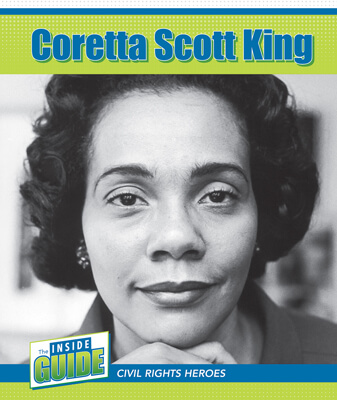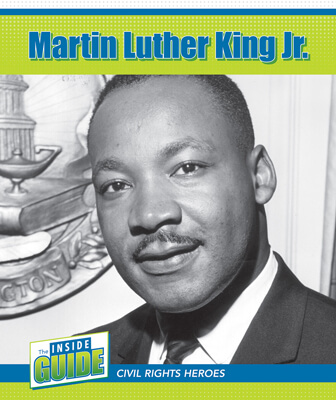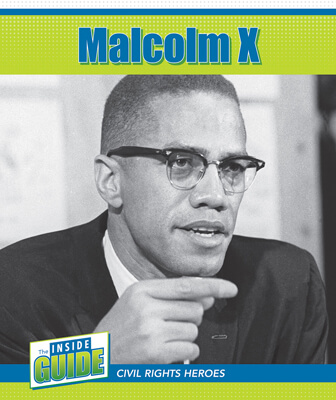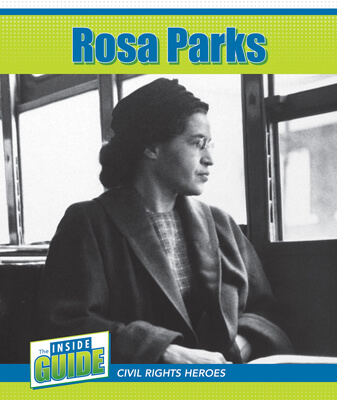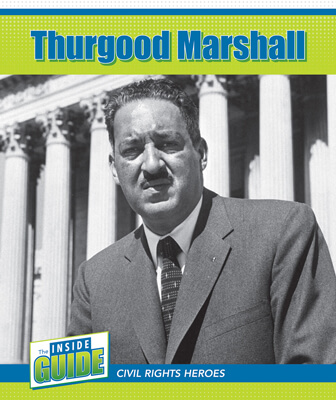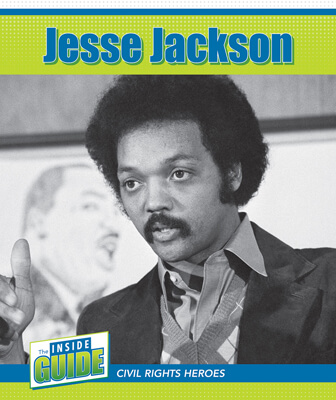The Inside Guide: Civil Rights Heroes
The Inside Guide: Civil Rights Heroes
Reading Level: 4-5
Interest Level: 4-6
Readers will explore the stories of some of the most influential leaders of the civil rights movement of the 1950s and 1960s: Coretta Scott King, Martin Luther King Jr., Jesse Jackson, Rosa Parks, Thurgood Marshall, and Malcolm X. Readers discover each hero's contributions to the civil rights movement and are encouraged to examine their legacy. Each volume is carefully crafted to supplement social studies curricula, featuring accessible language, primary source images, fact boxes, and sidebars. Timelines and questions aid in both reading comprehension and critical thinking about one of the most important eras of history.
Each Book Contains:
• Biographical text that examines key life events, historical context, and legacy surrounding some of the most influential figures of the civil rights movement
• A timeline of the individual's life and historical events connected to it
• An overview of the person's impact on society that stresses why they are still important today and what young people can learn from their story
• Critical-thinking questions that allow readers to develop their own intelligent opinions about this essential social studies topic
Curriculum Connections:
• Explores the societal and social climates in which the person lived, particularly concentrating on the cultural transformations taking place during their lifetime and the ways the person influenced related events
• Draws on NYS Social Studies Framework concepts for grades 4 to 5, including assessing and understanding chronological events, comprehending human impact over an environment, nurturing respect for people's rights and acknowledging the ability to stand up for those rights through civil means, and developing an understanding of global affairs and how that impacted events of the individual discussed
• Incorporates C3 Social Studies Framework fourth and fifth grade historical concepts such as understanding different perspectives from individuals in a specific era of history and using evidence and questions to develop an idea about the past

